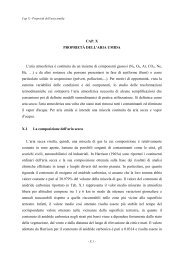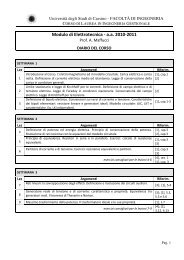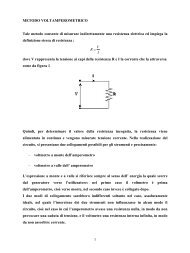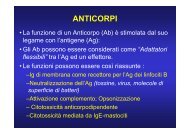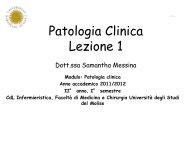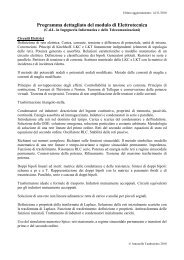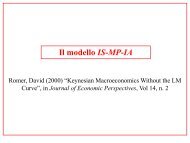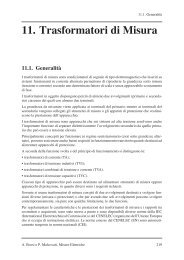Agilent Vector Signal Analysis Basics - Agilent Technologies
Agilent Vector Signal Analysis Basics - Agilent Technologies
Agilent Vector Signal Analysis Basics - Agilent Technologies
Create successful ePaper yourself
Turn your PDF publications into a flip-book with our unique Google optimized e-Paper software.
Digital RF communication system concepts<br />
Figure 2-6 shows a generic, simplified block diagram of the basic<br />
architecture of a digital RF communications system that uses I-Q modulation.<br />
By understanding the fundamental concepts of this system, the operation<br />
of the VSA with vector modulation analysis may also be understood. In<br />
Figure 2-6, the system blocks enclosed by the dashed box show sections<br />
of the communications transmitter and receiver that can be measured and<br />
analyzed by the VSA with vector modulation analysis.<br />
Transmitter<br />
Voice<br />
input<br />
ADC<br />
Speech<br />
coding<br />
Processing/<br />
compression/<br />
error correction<br />
Symbol<br />
encoder<br />
I<br />
Q<br />
Baseband<br />
filters<br />
I<br />
Q<br />
IQ<br />
modulator<br />
IF LO<br />
DAC<br />
IF<br />
filter<br />
Upconverter<br />
RF LO<br />
Amplifier<br />
Receiver<br />
AGC<br />
Power<br />
control<br />
Down<br />
convert<br />
RF LO<br />
IF<br />
filter<br />
IQ<br />
demodulator<br />
IF LO<br />
I<br />
Q<br />
Baseband<br />
filters<br />
I<br />
Q<br />
Decode<br />
bits<br />
Adaption/<br />
process/<br />
decompress<br />
ADC<br />
Reconstrution<br />
filter<br />
Voice<br />
output<br />
May not represent actual<br />
radio system block diagram<br />
Figure 2-6. Digital RF communication system simplified block diagram<br />
Digital communication transmitter concepts<br />
The communications transmitter begins with speech coding (assuming<br />
voice transmission) which is the process of quantizing the analog signal<br />
and converting it into digital data (digitization). Then, data compression is<br />
applied to minimize the data rate and increase spectral efficiency. Channel<br />
coding and interleaving are common techniques used to improve signal<br />
integrity by minimizing the effects of noise and interference. Extra bits are<br />
often sent for error correction, or as training sequences, for identification<br />
or equalization. These techniques can also make synchronization (finding<br />
the symbol clock) easier for the receiver. The symbol encoder translates<br />
the serial bit stream into the appropriate I and Q baseband signals, each<br />
corresponding to the symbol mapping on the I-Q plane for the specific<br />
system. The symbol clock represents the frequency and exact timing of the<br />
transmission of the individual symbols. At the symbol clock transitions,<br />
the transmitted carrier is at the correct I-Q (or magnitude/phase) value to<br />
represent a specific symbol (a specific point on the constellation). The time<br />
interval between individual symbols is the symbol clock period, the reciprocal<br />
is the symbol clock frequency. The symbol clock phase is correct when the<br />
symbol clock is aligned with the optimum instant to detect the symbols.<br />
23





